Top 10 On-Page SEO Tips to Boost Your Website Ranking
It’s very common for people to make mistakes when doing On-Page SEO. The best tip I can give you is to be consistent with your keyword research. You need to find keywords that have high search volume, but also low competition so they are easier to rank on Google. Once you’ve found these keywords, you need to think about how they would be used in a sentence (not just a phrase). For example, if someone searched for ‘the best music videos and clicked through to this article on YouTube then they might see something like: “Top 10 best music videos of all time”. As soon as someone sees that title or heading then they know exactly what this post will contain!
Section: This is important because it shows Google what kind of content they should expect from this website – which is important when trying from p to rank on-page SEO one!
Use your keyword in the title on-page SEO
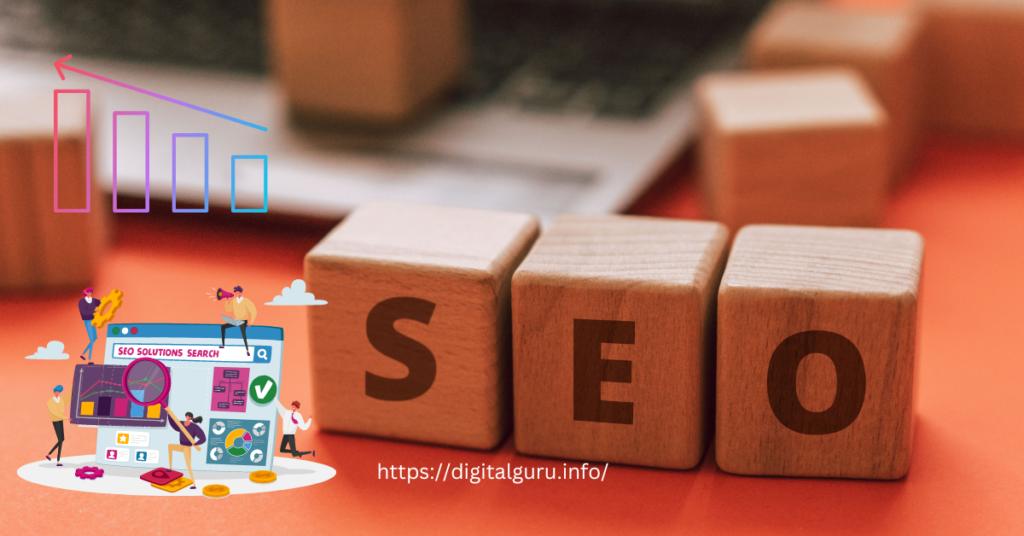
- The title should be clear, concise, and meaningful.
- Use your keyword in the tiThe keywords should adulate at the beginning of the title, middle, or end o The. The first thing that search engines see is the title. So if you include your keyword in the title of your on-page SEO, it will be easier for a search engine to understand what your page is about and rank you higher.
Use your target keywords in H1, H2, and H3 heading tags on-page SEO
- Use your target keywords in H1, H,,2, and H3 heading tags. H1 tags should be used to describe the topic of your page SEO, while the other two should be used for subtopics.
- The most important keyword should be placed at the top of every page and it’s usually followed by another important phrase in lowercase letters (i.e., “how to”). Follow this format: H1.
Heading tags are important because they’re one of the few places on your site where search engines can see what your content is about. You need to use them effectively so that people will find it easier to navigate your website when they’re looking up information. The best way.
Use a URL structure that search engines like.
Use a URL structure that search engines like.
URLs are the web addresses that tell your web browser where to go into a particular ocular site. The more descriptive and specific your URLs, the easier it is for Google and other search engines to find them. Which means they’ll show up in higher on-page SEO rankings.
There are several ways you can improve your URL structure:
Optimize your meta description tag.
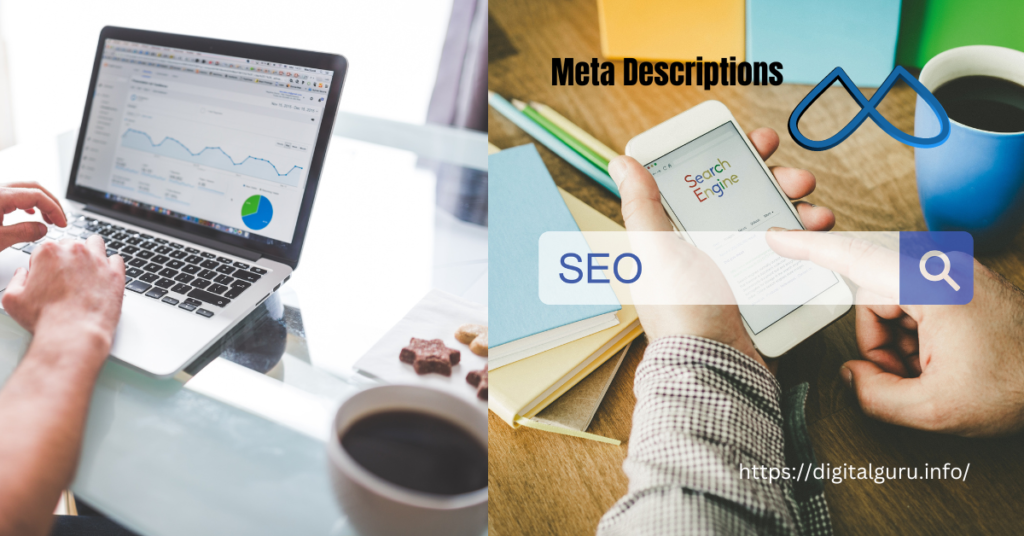
Optimize your meta description tag.
The meta description tag is one of the most important elements that you can use to improve your website ranking. It’s also one of the most overlong-page elements on-page. That should always be focused on this part, especially when it comes to optimizing for keywords and improving CTR (click-through rate).
The meta description is used as a snippet that will appear at the top or bottom of the search results pages when someone searches for something specific from their query. The purpose of having a well-written snippet is twofold. Firstly, people want more information about what they’re looking at before clicking through. Secondly, if they click on your link, then hopefully you’ll get some traffic!
Write unique and useful content.
- Use unique and relevant content.
- Write for the reader, not for search engines.
- Write for the user, not for the search engine.
Use the right keyword density.
Keyword density is a measure of how relevant your content is. It’s not a ranking factor, but it can affect the overall quality of your site and its search engine rankings.
A high keyword density means that the keywords in question appear on more than just one page (or even two or three). For example, if you want someone to find out about. “How To Make A Chocolate Cake” then it makes sense for this recipe article to be titled “Chocolate Cake Recipes.” However, if there were another article called “Cooking Tips For Chocolate Cakes.” Then that would not be as useful because people would probably still search for. “how-to make a chocolate cake” rather than looking at other cooking tips related specifically to baking with chocolate. Which could be pretty confusing for any website visitor (or potential reader) searching online.
Add internal links to your post.
- Add internal links to your post.
Internal links are links that point to pages on your site. They’re important for indexing and authority building. They also help users navigate through a website more easily, as well as increase usability and accessibility by helping users find. What they’re looking for on the site faster (and therefore being able to get back out).
If you’re new to SEO and internal linking, try using a tool like the Yoast on-Page SEO plugin. Which will help you find keywords related to your post and suggest internal links to help improve your ranking.
Perform basic on-page SEO for images on your page/post.
- Add alt text to your images. Alt text is a description of the image that appears when someone chooses to view it on a web page. This can increase your website’s on-page SEO value and help Google understand what the image is about, making it easier for people who come across images from your site to find more information about them.
- Add title text and caption text (if applicable) to each image you have in your portfolio or blog posts. These are important because they give visitors an idea of what they’ll see when they click through each post or page on which these images appear; if there aren’t any descriptive elements, then you risk losing potential readers who might otherwise be interested in seeing all those great shots!
- Make sure that all relevant descriptions are included as well–you should try not only naming things but also explaining why something belongs here versus another place too!
Make sure your website is user-friendly.
A user-friendliest important factor in ranking well on search engines is your website e user -friendlier-friendly. It should be easy to navigate, load quickly, key, and look good on all devices.
To ensure that you have a great user experience, make sure your site uses a responsive design (for example. If someone types your URL into Google or another search engine. Then they’ll see different results depending on what type of device they are using).
Another thing you can do is make sure that your website has been tested across all browsers (including mobile ones). So that visitors will always get an optimal experience when browsing through it!
Link to other websites according to their protocols and guidelines.
- Link to other websites according to their protocols and guidelines.
- Don’t link to spammy websites or those with a poor reputation. If a website has an excellent reputation, then it is likely that you will get more traffic from linking to them as opposed to other sites with poor reputations and no traffic coming through.
It is also important to link back to your website with relevant content. This allows search engines to know what your website is all about, and they will rank you higher in the search results. If they feel that, you are providing valuable information to others.
Conclusion
Now you know all about the top 10 ranking factors that are essential for your website’s success. We hope this was helpful, and if you have any questions, please comment below.


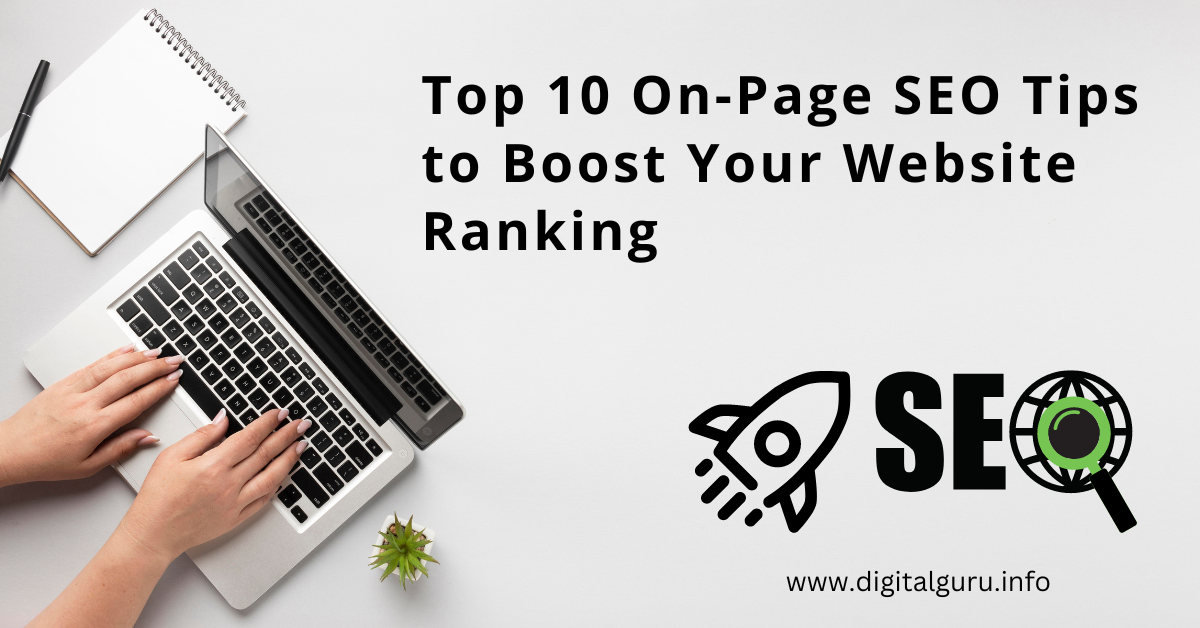
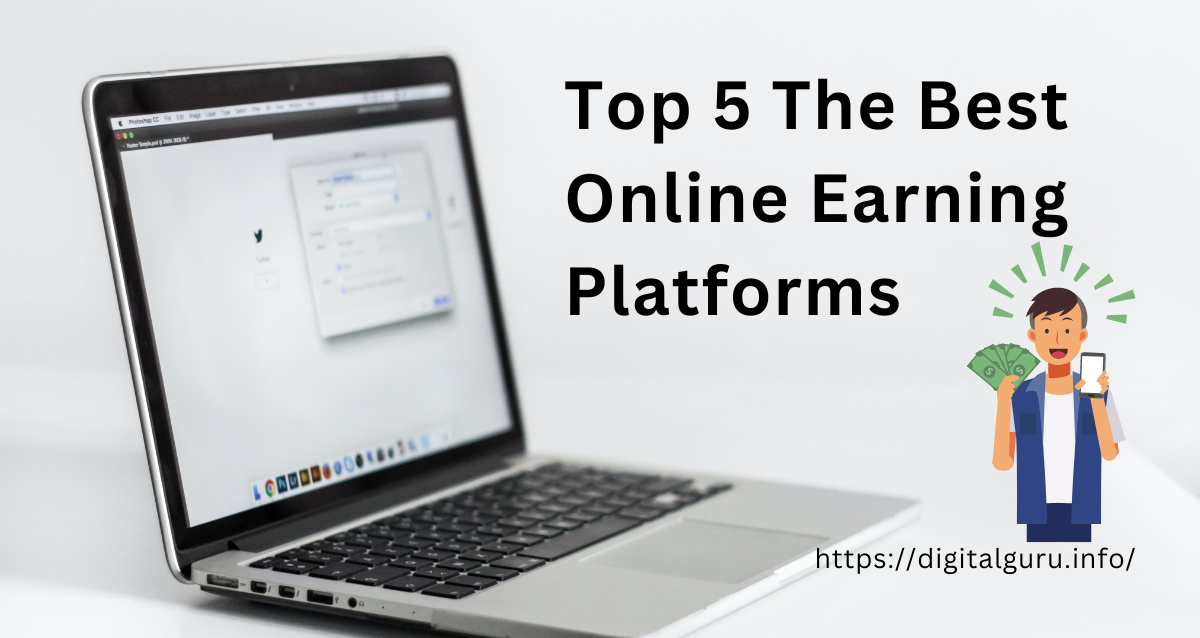

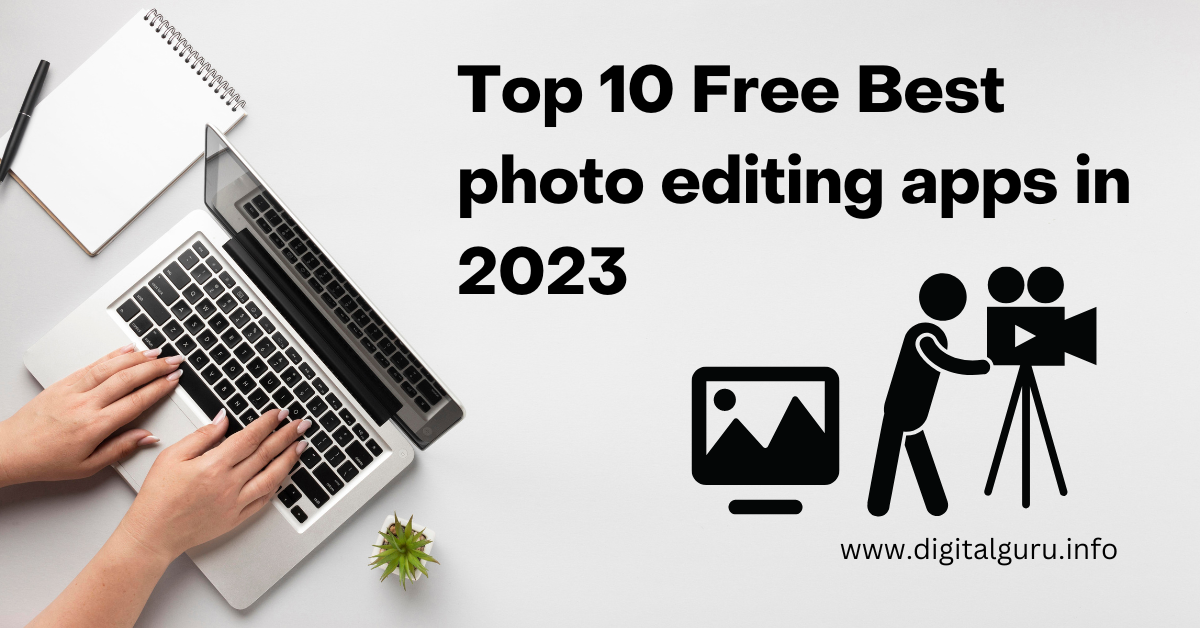
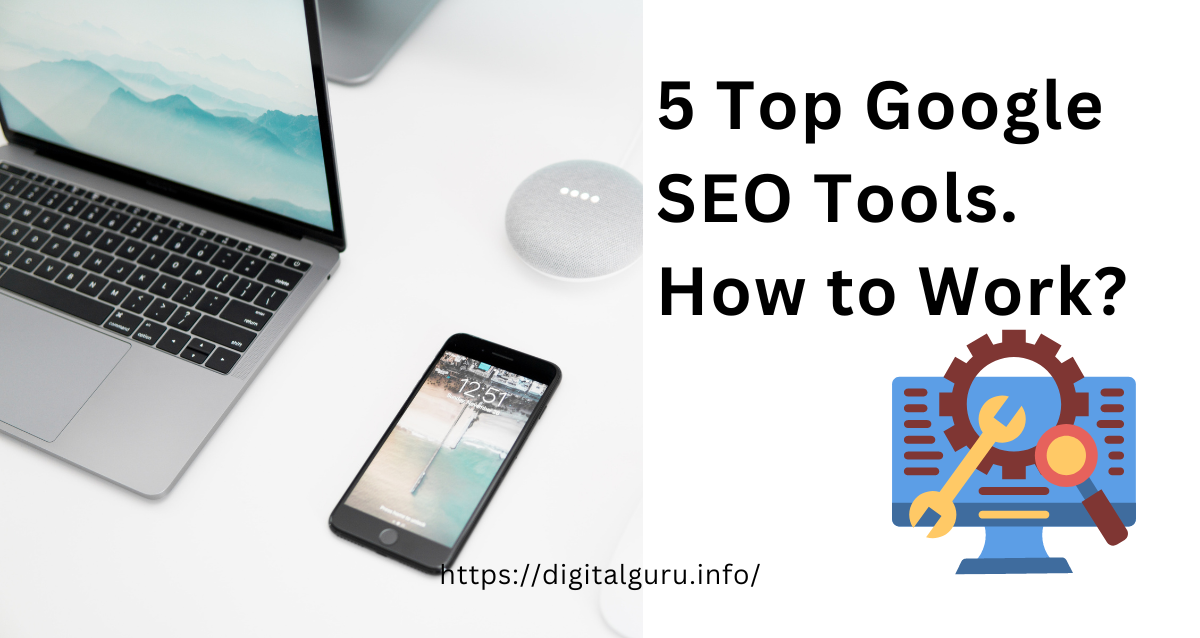



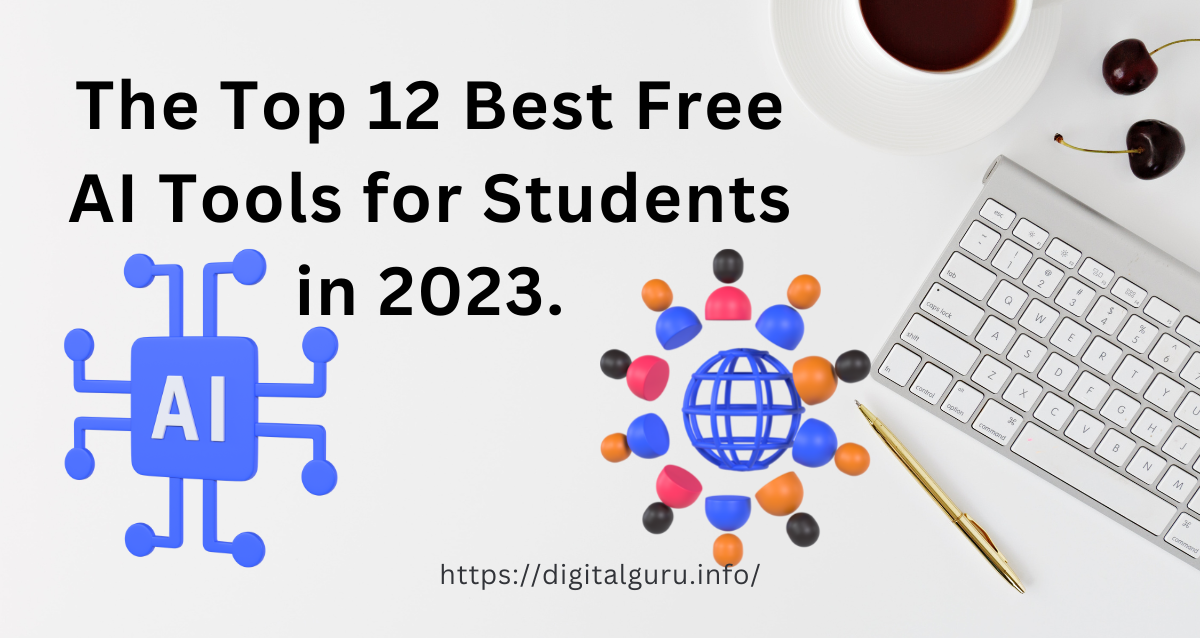

Leave a Reply